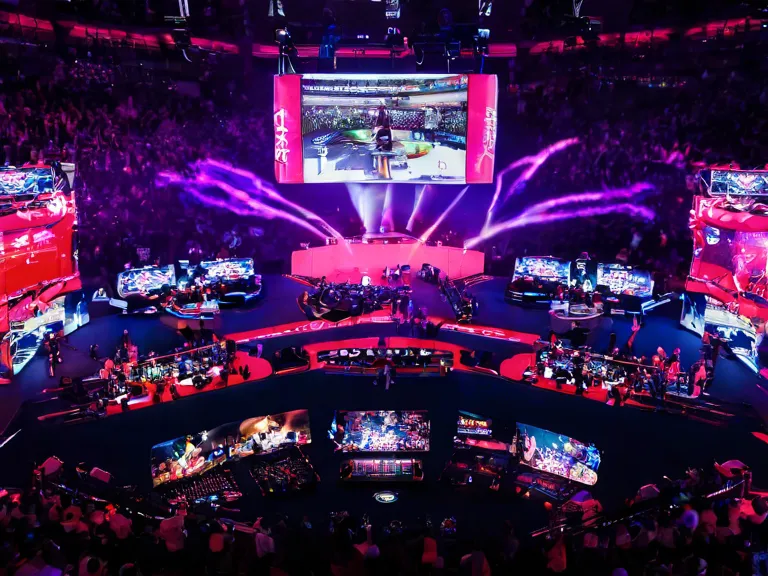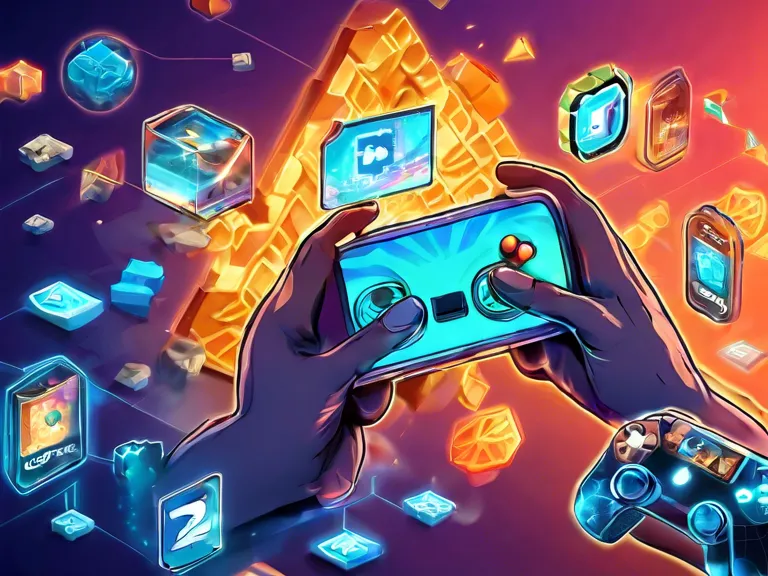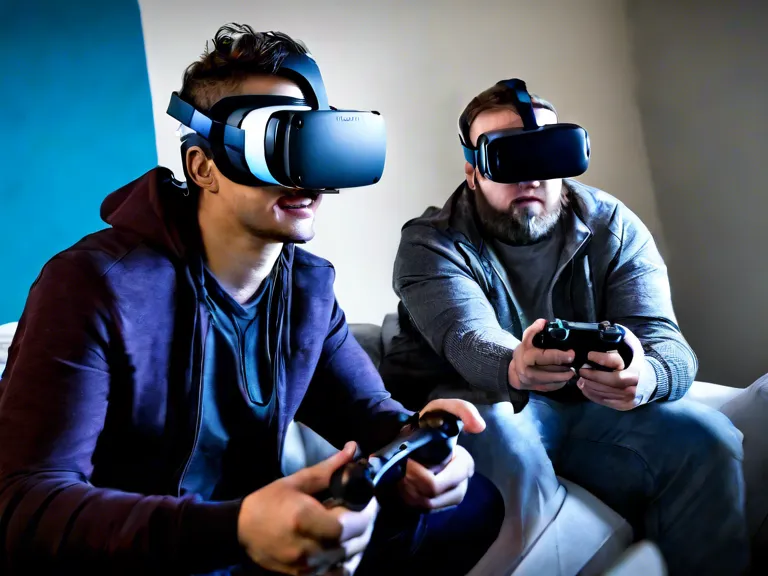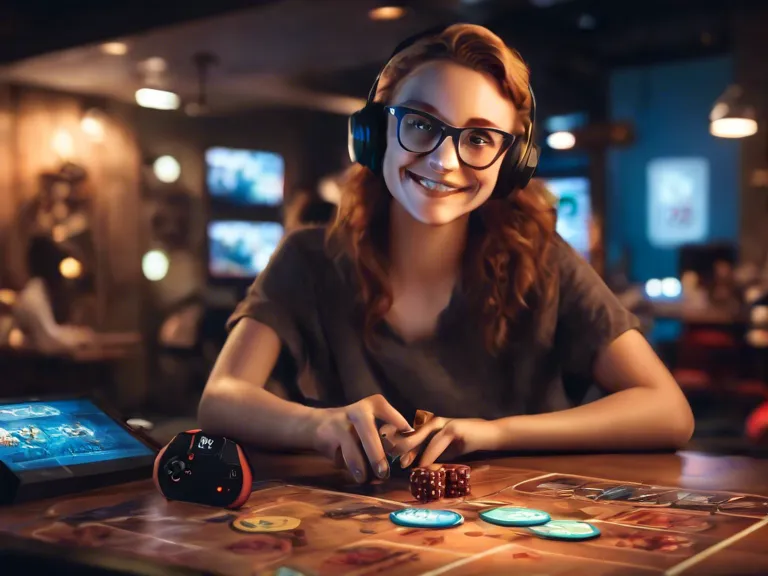
The Evolution of eSports: How Competitive Gaming is Going Mainstream
In recent years, eSports has experienced a meteoric rise in popularity, transitioning from niche hobby to mainstream phenomenon. With millions of viewers tuning in to watch professional gamers battle it out in tournaments, eSports has become a global sensation. This article explores the evolution of eSports and how competitive gaming is becoming a mainstream form of entertainment.
Over the past decade, eSports has grown exponentially, with major tournaments attracting thousands of fans and offering lucrative prize pools. Games like League of Legends, Dota 2, and Counter-Strike: Global Offensive have become household names, with dedicated fan bases following their favorite teams and players. Streaming platforms like Twitch and YouTube have played a significant role in the growth of eSports, allowing fans to watch live matches and follow their favorite gamers.
The accessibility of eSports has also contributed to its mainstream success. Unlike traditional sports, which often require expensive equipment and specialized training, eSports can be enjoyed by anyone with a computer or gaming console. This accessibility has opened up competitive gaming to a wider audience, attracting players of all ages and skill levels.
As eSports continues to grow in popularity, it has also caught the attention of major corporations and sponsors. Brands like Red Bull, Intel, and Coca-Cola have all invested in eSports teams and tournaments, helping to legitimize competitive gaming as a professional sport. With the support of big-name sponsors, eSports has the potential to reach even greater heights in the future.
Overall, the evolution of eSports from a niche hobby to a mainstream form of entertainment is a testament to the growing influence of video games in popular culture. As technology continues to advance and the gaming industry expands, competitive gaming is sure to become an even more prominent part of our cultural landscape.



